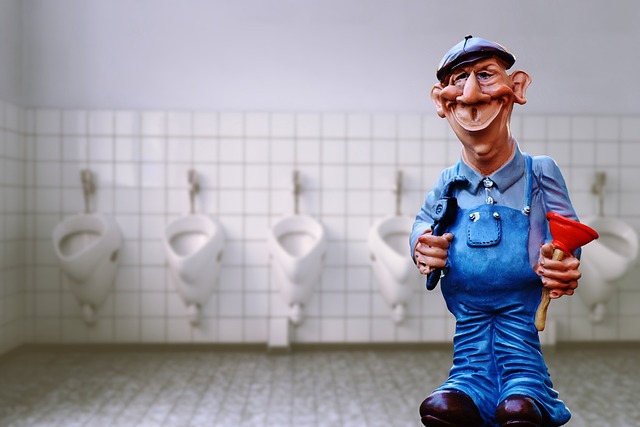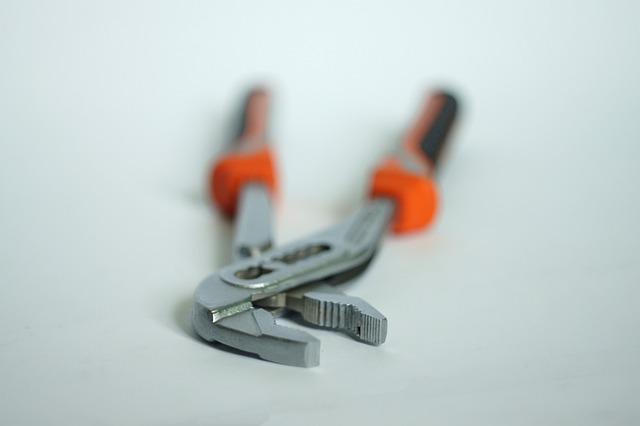Running toilets, caused by leaky flappers or broken fill valves, waste water and drive up utility bills, impacting both finances and local water resources. Plumbers are essential in fixing these issues, offering solutions from part replacements to advanced water-saving mechanisms. While DIY enthusiasts can tackle simple problems like inconstant water levels, persistent running toilets require professional plumbers who use specialized tools to identify and fix complex issues, ensuring long-term water efficiency, cost savings, and eco-friendliness.
“Running toilets aren’t just annoying; they’re a significant source of water waste, inflating your bills. Understanding the causes—from leaky flappers to worn-out parts—is the first step to fixing them. This article guides you through DIY solutions for common issues and provides insights into when to call a plumber for advanced repairs. By taking control of your running toilet, you can save water, reduce expenses, and contribute to a more sustainable future.”
- Understanding Running Toilets: Causes and Impact
- DIY Fixes for Common Running Toilet Issues
- Professional Plumber Intervention: Advanced Solutions
Understanding Running Toilets: Causes and Impact

Running toilets are a common issue that not only wastes precious water but also contributes to higher utility bills. Understanding the causes behind this problem is the first step in fixing it. Often, running toilets result from faulty parts such as leaky flappers or broken fill valves. These components are responsible for refilling the toilet tank after each flush, and when they malfunction, water continues to flow unnecessarily.
The impact of a running toilet is twofold: environmental and financial. On an environmental level, excessive water usage contributes to strain on local water resources. Financially, it translates into higher water bills over time. Plumbers play a crucial role in identifying and rectifying these issues by diagnosing the specific problem and providing effective solutions, such as replacing faulty parts or implementing advanced water-saving mechanisms.
DIY Fixes for Common Running Toilet Issues

Many common toilet issues can be easily fixed by DIY enthusiasts without needing a professional plumber. A running toilet, for instance, is often caused by a leaky flush valve or a faulty fill valve. To address this, you can try replacing the flapper valve, which covers the flush mechanism. This simple fix can save a significant amount of water and lower your utility bills over time.
Another frequent problem is an inconstant water level in the tank. This may be due to a bad float or a floating toilet ball that doesn’t seal properly. Adjusting or replacing these components is a straightforward process that doesn’t require advanced skills. By tackling these DIY fixes, you can keep your toilet running efficiently and reduce water wastage, all while potentially saving money on your water bills.
Professional Plumber Intervention: Advanced Solutions

When a running toilet becomes an incessant drip-drip-drip, it’s time to call in a professional plumber. They bring advanced solutions tailored for your specific issue. Modern plumbers are equipped with innovative tools and techniques to pinpoint the problem swiftly. Whether it’s a faulty flapper, worn-out parts, or a complex plumbing network issue, they have the expertise to fix it efficiently.
Their intervention often involves precision repairs, replacing old components with water-efficient ones, and offering long-term solutions. This not only stops the constant water waste but also significantly reduces your water bills. A professional plumber’s touch can transform your running toilet into a reliable, low-flow fixture, contributing to both environmental conservation and economic savings.
Running toilets not only waste precious water but also impact your utility bills. By understanding the causes, whether it’s a leaky flapper or a faulty fill valve, and implementing simple DIY fixes or seeking professional plumber intervention for complex issues, you can easily save both water and money. Remember, every drop counts, and addressing running toilets is an effective step towards a more sustainable home.
